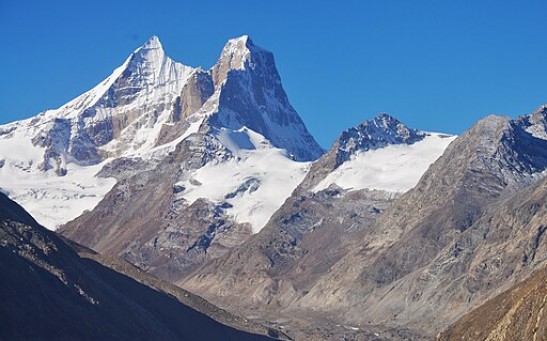ecosystems
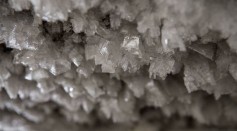
Climate Change Unleashes Ancient Pathogens from Permafrost; 'Black Swans' Pose Risk to Modern Ecosystems
8,000-Kilometer Blob of Seaweed Smelling Like Rotten Eggs Heading Toward Florida Could Wreak Havoc on Local Ecosystems
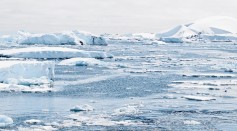
Massive Iceberg as Big as Greater London Breaks Off From Antarctica's Brunt Ice Shelf; How Does This Affect Local Ecology, Shipping, People?
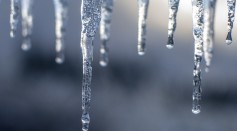
Fast-melting Glaciers Could Release Hundreds of Thousands of Tons of Bacteria Into Rivers, Study Reveals
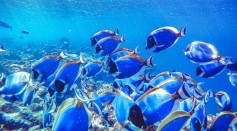
Scientists Use Fish Sounds to Study, Conserve Underwater Ecosystems [Listen]
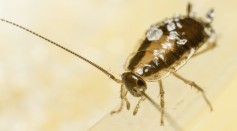
Parasites Reduce Herbivory Behavior Among Animals That Triggers Adverse Effects on Plant Ecosystems
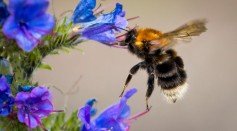
Tiny Bees vs Large Bumblebees: Which Cope Better, Struggle More Against Climate Warming?
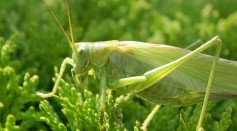
Grasshoppers Play Important Roles in Grasslands, Other Ecosystems; Study Also Reveals Similarities Between Their Mouth and Mammal Teeth
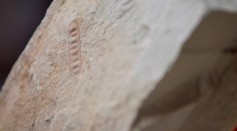
Ancient Winged Plant Fossil May Solve ‘Paleobotanic Mystery,' How Plants Were Dispersed 100 Million Years Ago

Nonnative Birds Take Charge in Oahu Seed Dispersal
Why Scientists Find Smelly Salt Marshes 'Beautiful'
Most Popular

How Technology Is Changing the Real Estate Industry?

Study Reveals High Turnover in Scientific Research Careers: What This Means for Future Scientists

How a Plant-Based Diet Can Protect Against Breast Cancer: Insights from Nutrition Research

Practical Steps to Future-Proof Your Money to Create Financial Security

